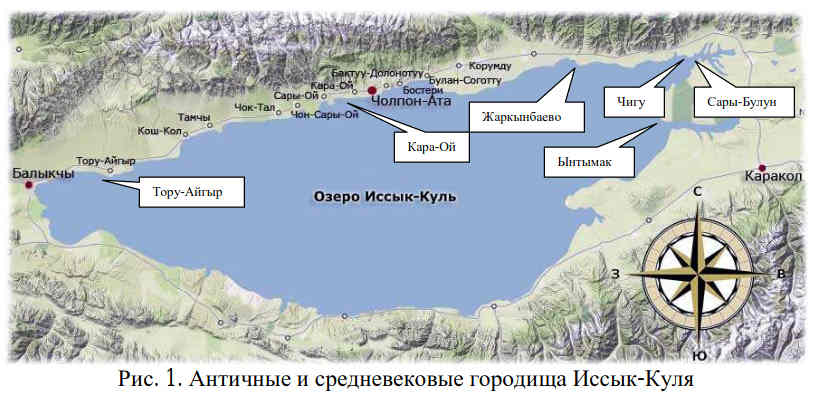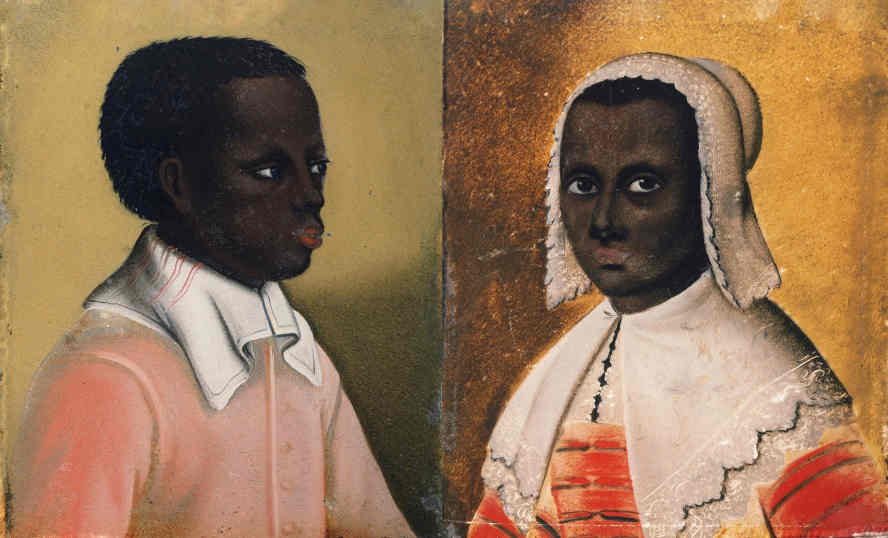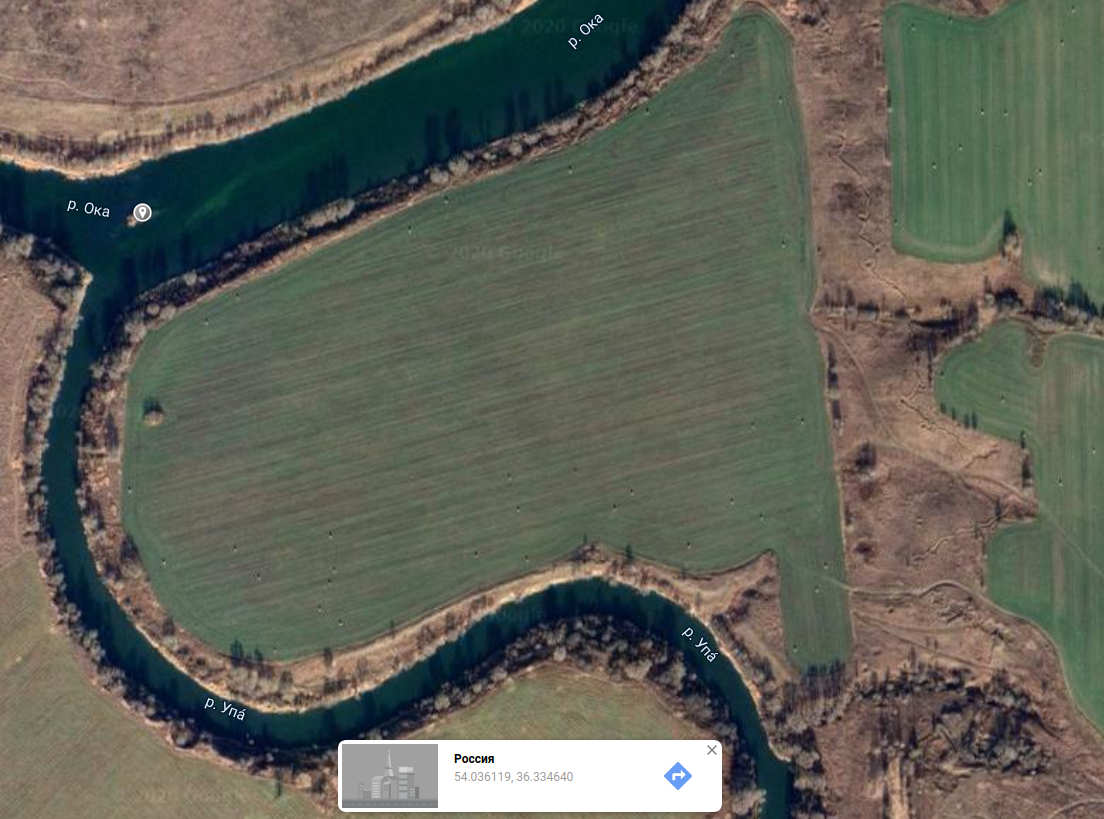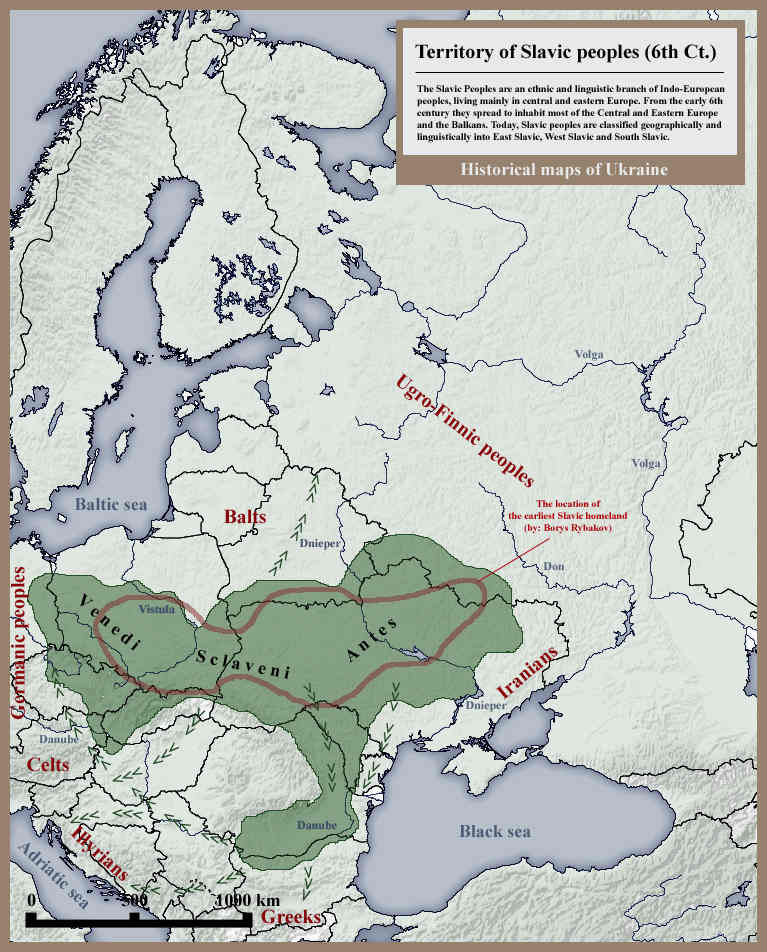Issyk-Kul is an lake in the northern Tian Shan mountains in eastern Kyrgyzstan, in the centre of Asia.
At the bottom of Issyk-Kul, the legendary ancient city of Chigu seems to have been discovered. The underwater work site is about 6 metres deep. In the crystal-clear water of Issyk-Kul, the remains can be seen even from the surface. Specialists dive several times a day, in two groups. According to scientists, in all their practice, they have not seen so many ancient objects. Every hour they work, there are kilograms of artifacts.
Иссык-Куль – озеро на севере гор Тянь-Шаня на востоке Кыргызстана, в центре Азии.
На дне Иссык-Куля, похоже, обнаружен легендарный древний город Чигу. Объект подводных работ находится на глубине около 6 метров. В кристально-чистой воде Иссык-Куля его видно даже с поверхности. Погружаются по несколько раз на дню, двумя группами. По словам ученых, за всю свою практику они не встречали такого количества древних предметов. Каждый час работы — килограммы артефактов.

Materials from the article “Antique and medieval settlements at the bottom of Issyk-Kul“:
Kara-oi
In Kara-Oi Bay, 2.5 kilometres from the shore, working at a depth of 5 to 10 metres off the northern shore of the lake, we saw huge walls up to half a kilometre long underwater. This is a sign of a large city, which could be several square kilometres in size. The scale for those times is enormous. Literally on the last day of the 2003 field season, we lifted two perfectly preserved bronze sacrificial boilers from the bottom of the lake.
Материалы из статьи “Античные и средневековые городища на дне Иссык-Куля“:
Кара-ой
В заливе Кара-Ой на расстоянии 2,5 км от берега, работая на глубине от 5 до 10 метров у северного побережья озера, мы видели под водой огромные стены, длиной до полукилометра. Это – признак большого города, площадь которого могла составлять несколько квадратных километров. Масштаб по тем временам колоссальный. Буквально в последний день полевого сезона 2003 г. со дна озера нами были подняты два бронзовых жертвенных котла прекрасной сохранности.



